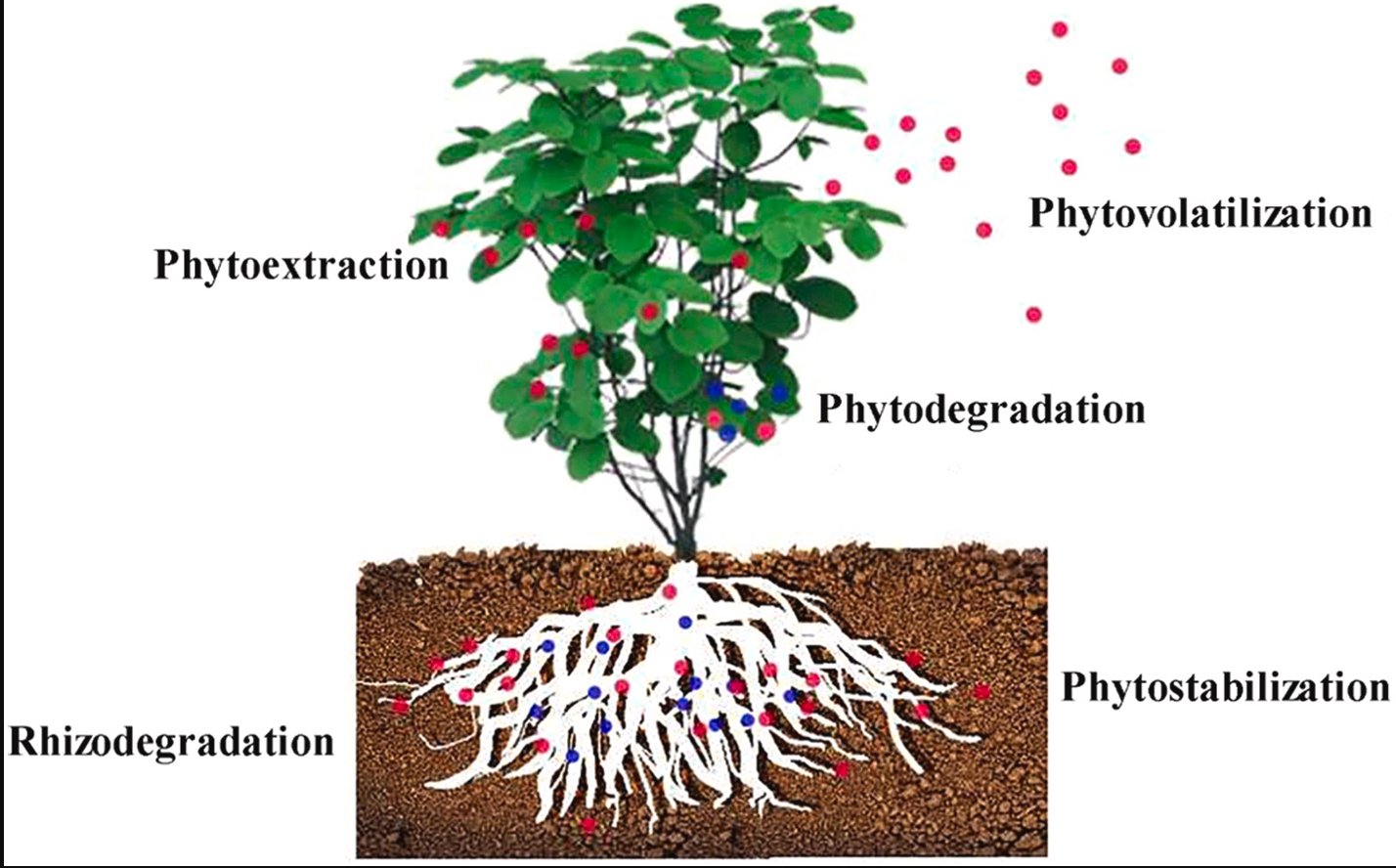Phytoremediation of radionuclides in soil, sediments and water
New publication by Lijun Yana, Quyet Van Leb, Christian Sonne et. al

Abstract:
Soil and water contaminated with radionuclides threaten the environment and public health during leaks from nuclear power plants. Remediation of radionuclides at the contaminated sites uses mainly physical and chemical methods such as vitrification, chemical immobilization, electro-kinetic remediation and soil excavation, capping and washing being among the preferred methods. These traditional technologies are however costly and less suitable for dealing with large-area pollution. In contrast to this, cost-effective and environment-friendly alternatives such as phytoremediation using plants to remove radionuclides from polluted sites in situ represent promising alternatives for environmental cleanup. Understanding the physiology and molecular mechanisms of radionuclides accumulation in plants is essential to optimize and improve this new remediation technology. Here, we give an overview of radionuclide contamination in the environment and biochemical characteristics for uptake, transport, and compartmentation of radionuclides in plants that characterize phytoextraction and its efficiency. Phytoextraction is an eco-friendly and efficient method for environmental removal of radionuclides at contaminated sites such as mine tailings. Selecting the most proper plant for the specific purpose, however, is important to obtain the best result together with, for example, applying soil amendments such as citric acid. In addition, using genetic engineering and optimizing agronomic management practices including regulation of atmospheric CO2 concentration, reasonable measures of fertilization and rational water management are important as well. For future application, the technique needs commercialization in order to fully exploit the technique at mining activities and nuclear industries.
